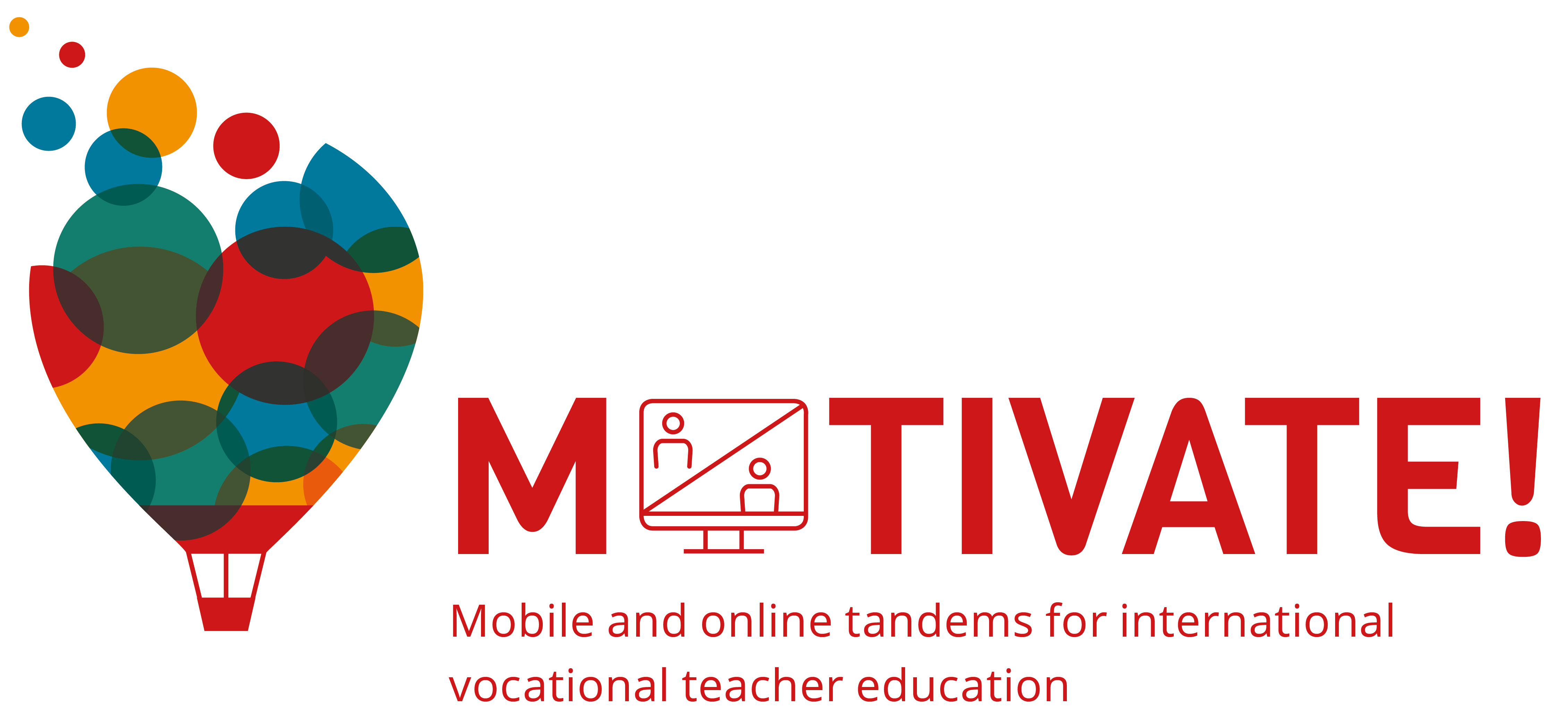- 26/10/2023
- Posted by: MOTIVATE students
While working on the second task of this tandem course, explaining the school system of each country to each other, we came across private schools and found it both an interesting topic to talk about.
Private schools in Germany
Starting with a little bit of general information about private schools in Germany there is to say, that there are roundabout 6.000 (in 2022) private schools in whole Germany, most of them located in the southern federal states, Bavaria and Baden-Wuerttemberg. In comparison to that: there are about 32.000 (in 2022) public schools in Germany.
Private schools are not all the same, they all have different focus points: there are Full-day schools/ All-day schools, Bilingual school, international schools, Waldorf-schools, Montessori Schools and last but not least christian schools. Most of these are pretty self explanatory, Full-day schools offer many courses in the afternoon or places to do homework. Bilingual and international schools have a much bigger focus on language learning. Waldorf and Montessori schools offer a very different approach to learning as the public schools (please look these concepts up on your own) and in christian schools the christian values are much more in the focus. To be fair: Many public schools offer bilingual lessons or have a bigger focus on sports, or music, or arts, or language, or sciences, …, in their curriculums.
Let’s talk money! What does a private school cost in Germany? Well, it varies extremely, starting at 60€ a month it can go up to many hundred € per month, but it generally depends on how much the parents earn – in average it is 150€ per month. It is not that common in Germany to go to a private school, and the trend is showing that over the last 10 years the number of private schools has been increasing very slowly (2011/2012: 5.465 – 2021/2022: 5.895) and went up and down a little in between.
Private schools in Norway
From 2013 to 2021 the number of private schools in Norway grew by 30 per cent, from 268 to 346 schools. Coinciding with that development, the number of public schools as been reduced every year. When considering the number of schools that has closed and new schools that have been established, 96 new private schools have been created and 336 public schools have been closed in the last ten years. This means that the private school sector is growing by almost 10 schools a year on average, while on average there will be more than 30 fewer public schools per year.
The highest percentage of private schools in Norway are so-called Steiner schools (or Waldorf schools), which are based on the educational philosophy of Rudolf Steiner, the founder of anthroposophy. Its educational style is holistic, intended to develop pupils’ intellectual, artistic, and practical skills, with a focus on imagination and creativity. Individual teachers have a great deal of autonomy in curriculum content, teaching methods, and governance. In Norway today there are 34 such Steiner schools. Other private schools are for example Montessori schools, Christian schools and private schools focused on a wide variety of sports.
Private schools receive a grant from the state per pupil, equivalent to 85 per cent of the expenditure in public schools. In addition, they can take up to 15 per cent in school fees, which in primary and lower secondary school amounts to approximately NOK 30,000 a year. The subsidy from the state to private schools was NOK 6.2 billion in 2021. This is an increase of NOK 2.7 billion since 2013.
Some look at the rise of private schools in the counrty as an issue. In 2022, the current ministry of knowledge said: We want to stop privatisation, and build a stronger public community school.








